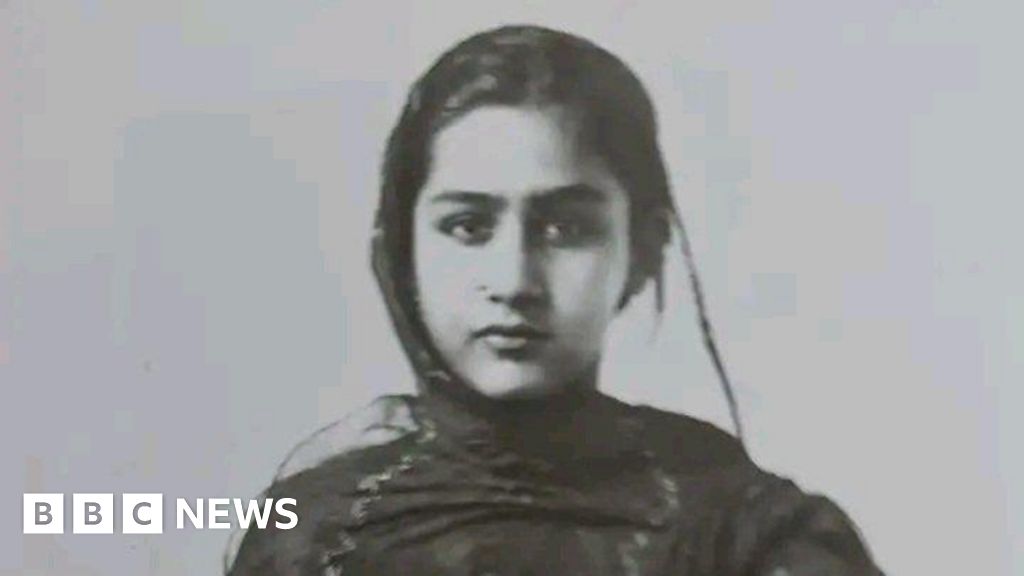
A tiny island off a popular holiday hotspot has been deemed a place of dark tourism (Image: Getty)
Dark tourism is not a notion to keep visitors away but rather looks at regions plagued with a variety of sinister factors.
These include genocide, incarceration, natural disasters, places of shame, pain and “heritage that hurts”.
Technically, dark tourism is explained as being a place that is associated with death and suffering.
Destinations can include places that feature castles and battlefields such as Culloden in Scotland or Poienari Castle in Romania, they can also be former prisons such as Beaumaris Prison in Anglesey, Wales as well as Anne Frank’s House in Amsterdam, Ground Zero in New York and Auschwitz.
When booking a getaway most will look at sunny beaches and exhilarating activities - but there is a subculture of tourism which embraces all that is both tragic and obscure.

Robben Island in Cape Town, South Africa has been described as a place of dark tourism (Image: Getty)
One dark tourism destination is an island that’s seven miles off the coast of Cape Town, South Africa.
Robben Island has been dubbed a place synonymous with dark tourism as it was the spot where Nelson Mandela was exiled and imprisoned.
Mandela, alongside several of his associates, was jailed in Robben Island’s maximum-security prison in 1964, living in brutal conditions.
The former president of South Africa spent 18 of the 27 years in the prison, which held no white prisoners, and lived in a separate section of the jail with other political prisoners, also known as section B.

The battlefields in KwaZulu-Natal is another dark tourism area in South Africa (Image: Getty)
Invalid email
We use your sign-up to provide content in ways you've consented to and to improve our understanding of you. This may include adverts from us and 3rd parties based on our understanding. You can unsubscribe at any time. Read our Privacy Policy
His tiny cell measured 6.5 by 6.5 feet and he spent most of his time there digging up rocks. He was allowed one visitor a year.
Mandela’s cell on Robben Island was bare and only included a narrow bed, a small table and a metal bucket for a toilet.
When he was not digging up rocks, Mandela spent most of his time in his cell writing letters, which he poured his heart into.
Since the abolition of Apartheid in South Africa in 1994, visitors can take tours of the island led by former prisoners.
Robben Island prison was constructed in the 1960s and was a place where tragedy, injustice and many other atrocities were seen.
The island has been preserved over the years as a memorial site offering sightseeing and educational tours.
Robben Island is a UNESCO World Heritage Site and one of South Africa’s prime dark tourism destinations.
Alongside Robben Island, the Nelson Mandela Capture Site outside Howick in KwaZulu Natal (KZN), as well as the KZN battlefields have also been linked to the country’s dark tourism.

 3 weeks ago
3
3 weeks ago
3










 English (US) ·
English (US) ·